By George Davenport Jr.
By the spring of 1945, the outcome of World War II was not in serious doubt. What was in serious doubt was the number of casualties that would eventually be required to bring the war to a successful conclusion. The invasion of Japan was expected to result in one million or more casualties. In August, the war ended with a blinding flash and untold devastation, a flash often credited to theoretical physicist J. Robert Oppenheimer and a cadre of other noted scientists.
Without diminishing the contributions of Oppenheimer and the others, the lion’s share of credit for the success of the Manhattan Project is due Lt. Gen. Leslie “Dick” Groves, the “indispensable man” in the project.
People often gravitate toward heroes with a dash of humility and modesty best represented by an “aw shucks” demeanor. This was not Dick Groves. Despite a pudgy physique, he was a man of self-assurance who made others feel inferior in his demanding presence. His aggressive nature not only drove the Manhattan Project to success but also led to his personal downfall. After World War II ended, Groves lost much of his heroic stature. He was a victim of the political war that followed the project, leaving him a forgotten hero.
Taking Command of the Manhattan Engineering District
By the summer of 1942, the Manhattan Project was in trouble. Scientific studies were spread among a multitude of laboratories. Not only were there few concrete results to assess but few logical next steps had been identified. The city of Oak Ridge, Tennessee, where uranium enrichment was to be conducted, had been planned but construction was not making great progress. During the previous decade, scientists had explored the concepts of nuclear fission with promising theories and laboratory experiments. However, there was no realistic plan to produce a nuclear weapon. Additionally, the country was mired in the issues of mobilization following the attack on Pearl Harbor.
The Manhattan Project had been authorized in early 1942 and assigned to the Army Corps of Engineers. This was done primarily to set up an accounting process for the efforts, not to give the military control of the work. Its original objective was to develop an atomic weapon before the Germans developed one and then to use this weapon against the Germans. The scientists did not want any military involvement, convinced they could solve all of the problems and create a single nuclear device that would end the war. The project was rudderless.
At the same time, Colonel Dick Groves was completing his basic training for the coming of his greatest responsibility. He had supervised the construction of the Pentagon and done it extremely efficiently. For his reward, he wanted a combat command in the European Theater, preferably of one of the newly formed engineering brigades. Groves knew that the road for promotion as a member of the Corps of Engineers led though combat command. He believed he had earned his opportunity.
Instead, he was ordered to take responsibility for the Manhattan Engineering District. His initial role was to build the facilities needed to produce fissionable material, and it quickly expanded. His mission became the implementation of a project that many thought utterly impossible, the “Star Wars” of World War II. Results exceeded realistic probabilities, primarily through the hardheaded leadership of Groves. He led with an intensity few can comprehend, using a goal-oriented approach unavailable in today’s era of political correctness. He personally chose and guided excellent subordinates. His efforts and their contributions made the project successful.
Getting a AAA Priority
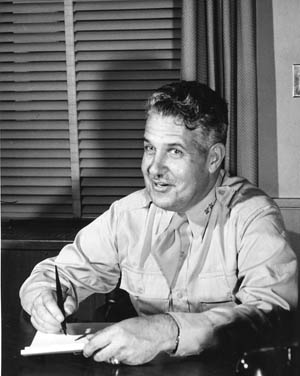
Any exceptional project leader knows what to do when faced with the mess Groves inherited in 1942—take action. Groves established clear goals for the project, developed a plan, got organized, and began to remove barriers to the success of the plan. He envisioned a 36-month project with an unlimited budget and no technical right to success.
The biggest hurdle to overcome in the short term was competing priorities. The country was mobilizing to fight wars on two fronts, starting with a level of unpreparedness that proved nearly disastrous. The U.S. military was not prepared for World War II, and mobilization was chaotic.
In mid-1942, the Manhattan Project had only relative priority, rated AA, similar to that for radar and synthetic rubber. Groves knew this priority would be inadequate for the barriers he would encounter, and he immediately focused on changing it. He went to the Office of War Production Planning, carrying a letter authorizing a AAA priority for the Manhattan Project. There were no other AAA priorities. Groves made this request without explaining the details of the project for security reasons. In effect, he was asking for a blank check. Along with a threat to resign and describing the board’s intransigence in a personal letter to President Franklin D. Roosevelt, Groves got his priority upgraded. However, he did not win any friends by succeeding in this manner.
Science and Engineering Working in Parallel
The fission potential of U-235, an unstable isotope of uranium, had recently been demonstrated in a laboratory setting, but the capacity to refine enough U-235 to produce multiple bombs was questionable. The amount that would be needed was uncertain at that stage, but it was known that the rate of refining U-235 would be painfully slow.
Little U-235 is produced in refining uranium ore, but far more U-238, a more stable isotope, is produced. Unfortunately, U-238 will not sustain a chain reaction. The potential to produce fissionable plutonium from U-238 seemed more practical, but the instability of plutonium made its use in a weapon questionable. The project’s early challenge was one of choice: Where should efforts be focused?
Groves chose to do both and immediately started building Oak Ridge to refine uranium ore. At the same time, he focused other efforts on the technology to produce plutonium from U-238. Soon he would also be building the city of Hanford, Washington, where plutonium would be produced.
Groves was not involved with implementing the projects on a day-to-day basis once they were staffed and launched, but he stayed current with their progress. He was given weekly status reports and was a frequent participant in barrier removal and problem solving as the two facilities were designed and built.
Oak Ridge and Hanford each proceeded in parallel with the scientific studies needed for engineering designs. The degree of rework was not insignificant, but progress was steady. With a 36-month schedule to maintain, there was no time for the traditional sequential approach. This approach starts with theoretical work, proceeds to in-depth studies and laboratory testing, and is followed by small-scale pilot plant work to prove the application. Then, and only then, engineering design can be initiated.
Instead, all of these activities were undertaken in parallel. Results of one phase were used to verify the work of other phases, not as preparation for them. However, the availability of fissionable materials, while essential, was not the only critical component of the project.
These fissionable materials had to be combined into a device that would create a sustainable nuclear reaction and the devastation that would follow. Work on this effort, both scientific studies and engineering application, was spread all over the United States. It was collected at a single site and supervised by another of Groves’s subordinates. This activity would require one of his most brilliant selections, one the FBI adamantly opposed.
Oppenheimer and Groves
J. Robert Oppenheimer was one of several men considered to lead the bomb development team, but his candidacy had several limitations. Oppenheimer was a theoretician, not a scientist with practical application experience. In addition, he was not a recipient of a Nobel Prize, and the scientific community at work on the fission studies was replete with Nobel laureates. Even more significantly, he had attended a number of communist front activities. His wife and brother-in-law were members of the Communist Party, and his loyalty was suspect. The FBI would not approve his security clearance.
Despite these issues, Groves decided that Oppenheimer had the personality and skills needed to oversee the scientists who would develop the atomic bomb. Groves took personal responsibility to override the objections of the FBI and selected Oppenheimer to spearhead the effort of collecting scientists at a facility to be constructed at Los Alamos, New Mexico. Groves and Oppenheimer had dissimilar leadership styles, but Groves altered his to fit the situation, and the results were outstanding.
Dick Groves as Wing Commander
The scientists gathered at Los Alamos and started work. Midway in designing the bomb, tests demonstrated that the gun design for the device, developed for U-235, would not work with plutonium. In a gun device, plutonium would prematurely start a chain reaction before the material was adequately concentrated. The “fizzle” of plutonium would not produce a nuclear explosion. Now what?
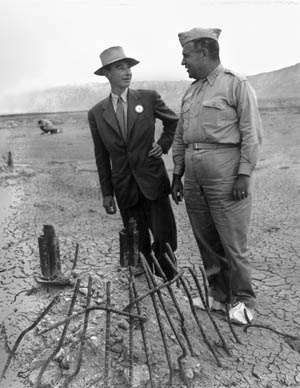
With assurance not based on much beyond a “must do” attitude, a second bomb design was initiated. This one was even more untested than the gun design. However, it would be needed if multiple bombs were to be used. The implosion device that was developed was so experimental that the desert test at Trinity Site was the first full-scale opportunity to evaluate its efficacy.
As if the overall responsibility for Oak Ridge, Hanford, and Los Alamos operations were not enough to keep Groves busy every minute of every day, he also became the leader of the bombing missions. He added wing commander responsibilities to his engineering castles.
Groves, working closely with General Henry “Hap” Arnold, chief of staff for the Army Air Forces, chose the untried Boeing B-29 Superfortress heavy bomber for the missions. The British Avro Lancaster bomber was delivering bombs in Europe similar in size to the atomic devices, but both men wanted an American bomber for an American bomb. Groves then formed the 529th Bombardment Squadron, accepted Colonel Paul Tibbets as his squadron commander, and began preparing the bombers and the squadron for the mission.
At almost the same time, another of Groves’s subordinates built a separate facility on the island of Tinian in the Marianas for the 529th Squadron, one completely inaccessible to occupants of the island who were not involved in the atomic bomb deployment for security reasons. The specially configured B-29s designated for the atomic bombing missions were different from the other B-29s on the island, and questions about the unique features of these airplanes were not viewed favorably.
By the spring of 1945, the time had come to decide where to use the atomic weapons, and Groves chaired the committee that developed a list of potential targets. With one target removed by Secretary of War Henry L. Stimson for political reasons, Groves was then given operational control for the missions themselves. Using this list, he selected specific targets and the timing for the missions. Further, he began work on the longer range plan to drop a bomb each week until Japan surrendered.
The Bombs Put to Use
In July 1945, the test of the plutonium device was an unqualified success, and project direction was clear. With the approval of President Harry S. Truman, the first device would be dropped in early August. Weekly atomic bombing would continue until ordered to cease. The diplomatic efforts to convince the Japanese to surrender were fruitless in early August and continued after the first bomb was dropped on the city of Hiroshima.
The Hiroshima bomb was made with uranium and detonated as expected on August 6. With no response to further peace overtures, the second mission commenced. Its primary target was the Kokura Arsenal, which had to be bypassed because of bad weather. Its secondary target, the city of Nagasaki, was hit with a plutonium bomb on August 9. It missed the ground zero target by several miles but still caused widespread devastation.
Following Nagasaki, Groves was instructed by Army Chief of Staff General George C. Marshall to halt the bombing effort. President Truman had concluded that killing more civilians would not be appropriate. Meanwhile, the Soviet Union had declared war on Japan. The combination of the awesome destructive power of the atomic bombs and the potential Soviet onslaught made Japanese Emperor Hirohito conclude that it was fruitless to continue the war. He made a radio broadcast to the people and announced his intention to surrender. The war was over.
The Project Transferred to the Atomic Energy Commission
With the unleashing of the atomic bombs, Dick Groves became an instant national hero. An August 6, 1945, press release started: “A soft-spoken General with a flair for the ‘impossible’ emerged today from the shadows of army-imposed anonymity to be revealed as the driving force behind a $2 billion ‘calculated risk’ which he directed to successful completion in three years as one of the world’s greatest scientific and engineering achievements; the large scale tapping of the energy within an atom to produce a weapon of war.”
Unfortunately, Groves’s achievements faded into the political infighting of the postwar era. The political question was the disposition of the Manhattan Project. Should the United States give control of the weapon to a civilian agency or leave it in military control? It was a heavily debated subject, and Groves used every bit of his prestige and influence to retain control in the military. In the end, responsibility for the project was placed with the newly formed Atomic Energy Commission (AEC).
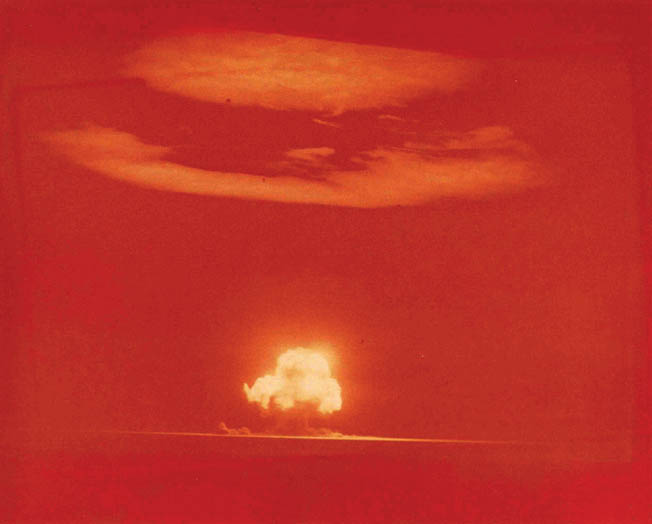
The decision to form the AEC was a close call, and Dick Groves did not accept defeat gracefully. He was a foot-dragging obstacle in the turnover of power, and the transition was anything but smooth. For Groves, the worst was yet to come.
By then a lieutenant general, Groves requested assignment to the position of chief of engineers as recognition for his contributions to the war effort. General Dwight Eisenhower, then chief of staff of the U.S. Army, declined the request. Eisenhower stated that Groves was too young for the position and that he had not served in the European Theater.
Groves’s last efficiency report states: “An intelligent, aggressive, positive type of man with a fine, analytical mind and great executive ability. His effectiveness is unfortunately lessened somewhat by the fact that he often irritates associates. He has extraordinary capacity to get things done!” Clearly, this capacity to get things done was outweighed by the irritation factor and also affected the historical treatment of Groves’s work.
Until recently, few books have been written about Dick Groves and his extraordinary accomplishments with the Manhattan Project. Conversely, J. Robert Oppenheimer was a sympathetic figure in the history books, someone who struggled with the moral questions about the bomb. Perhaps because of this struggle, his credits outweighed his accomplishments.
Dick Groves, on the other hand, had no such struggle. He was firmly convinced that the use of the bomb was the proper decision and never wavered from this position. He was not a man to suffer diminishment lightly. His autobiography, Now It Can Be Told, describes the story of the Manhattan Project with a degree of first-person authenticity that should have changed public opinion, had it been widely read. It is a fascinating story.
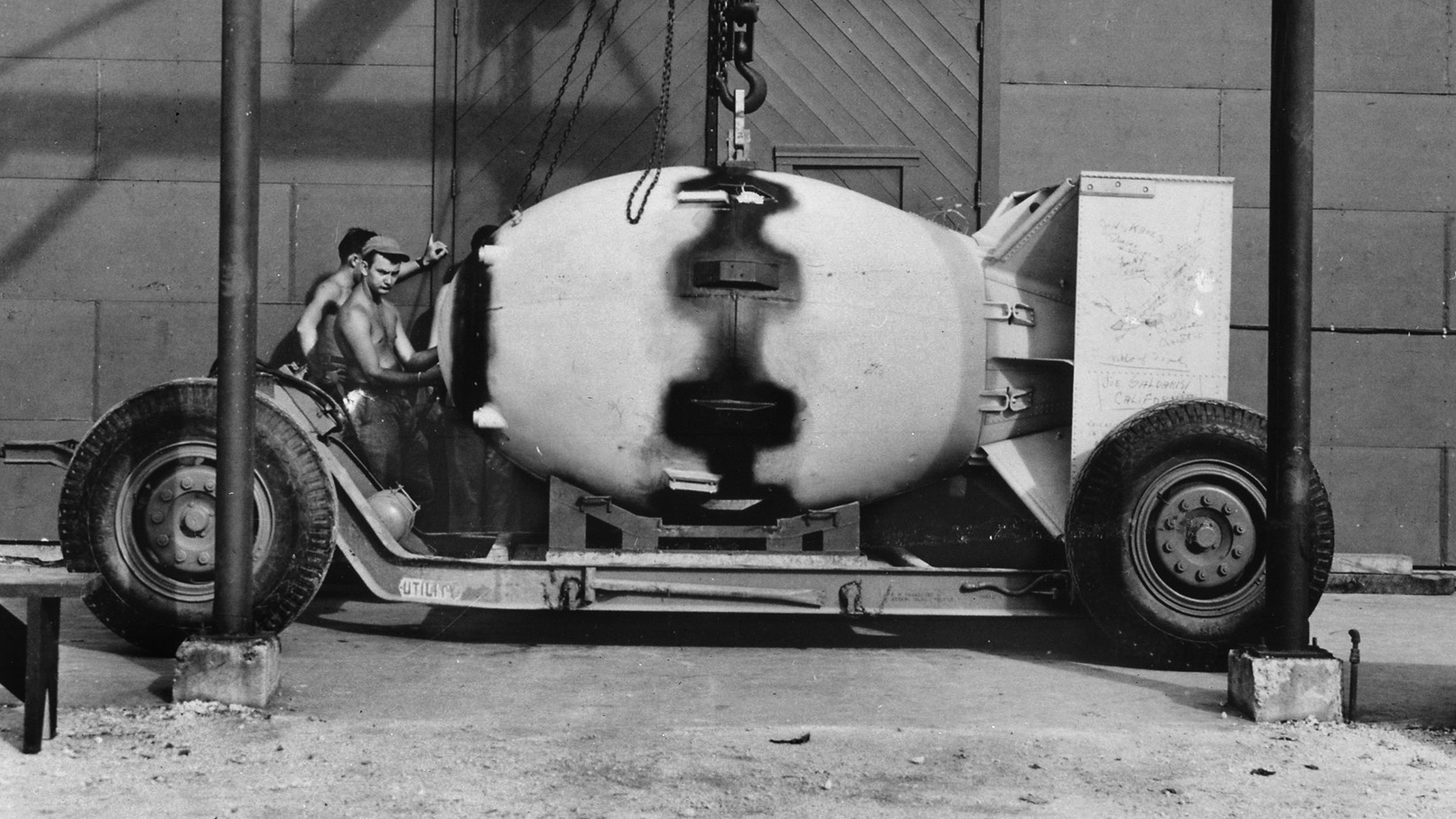
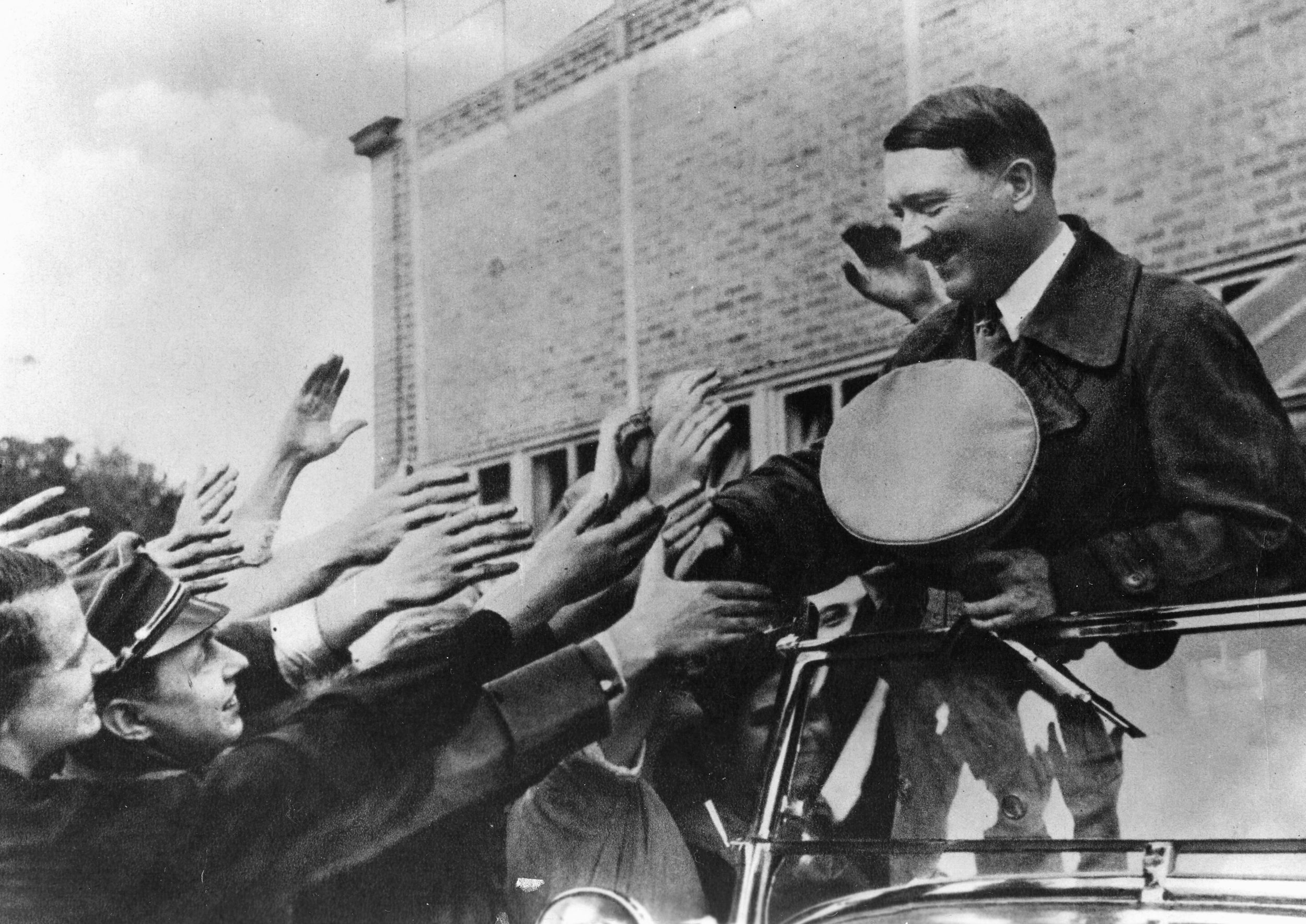
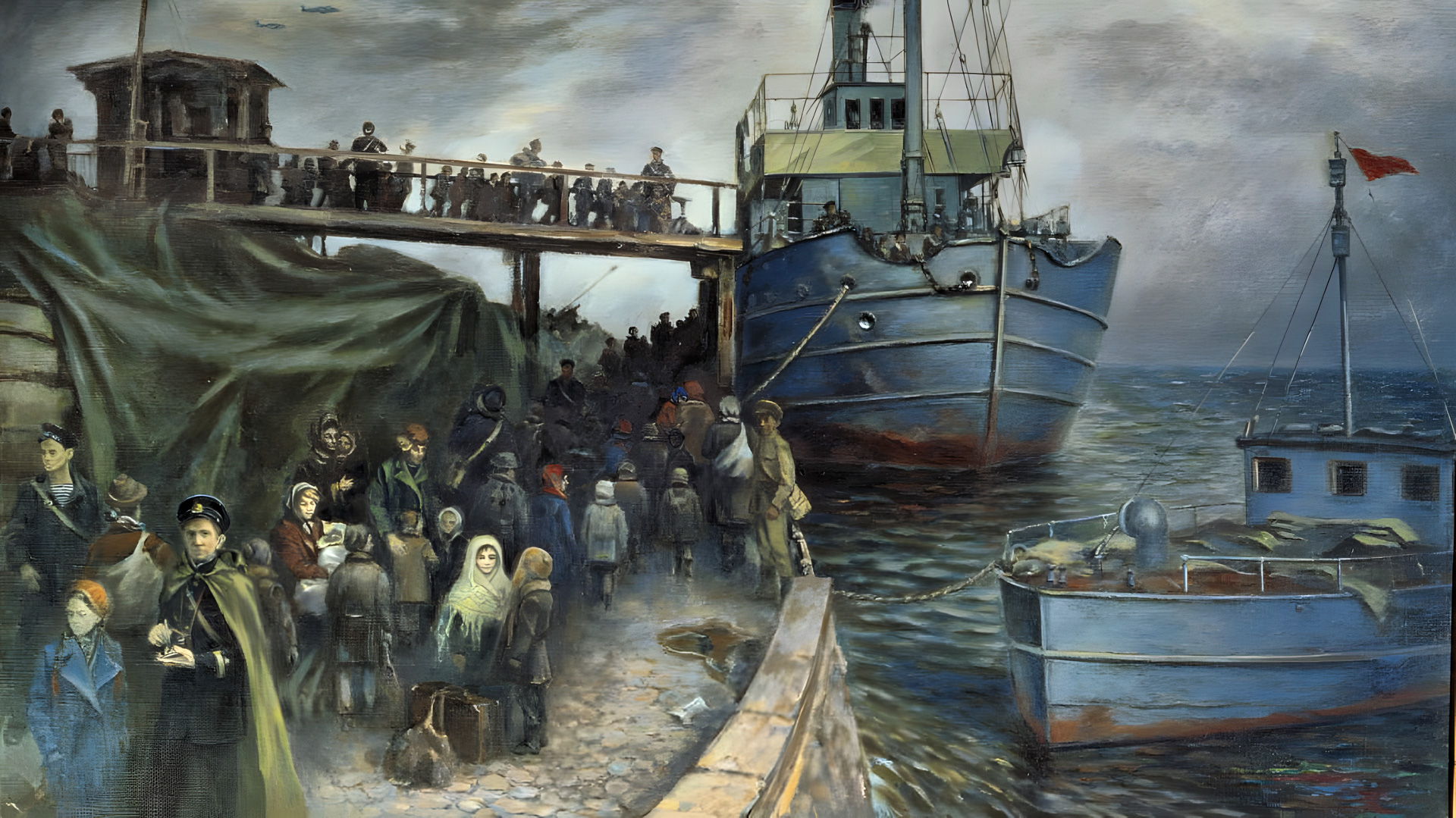
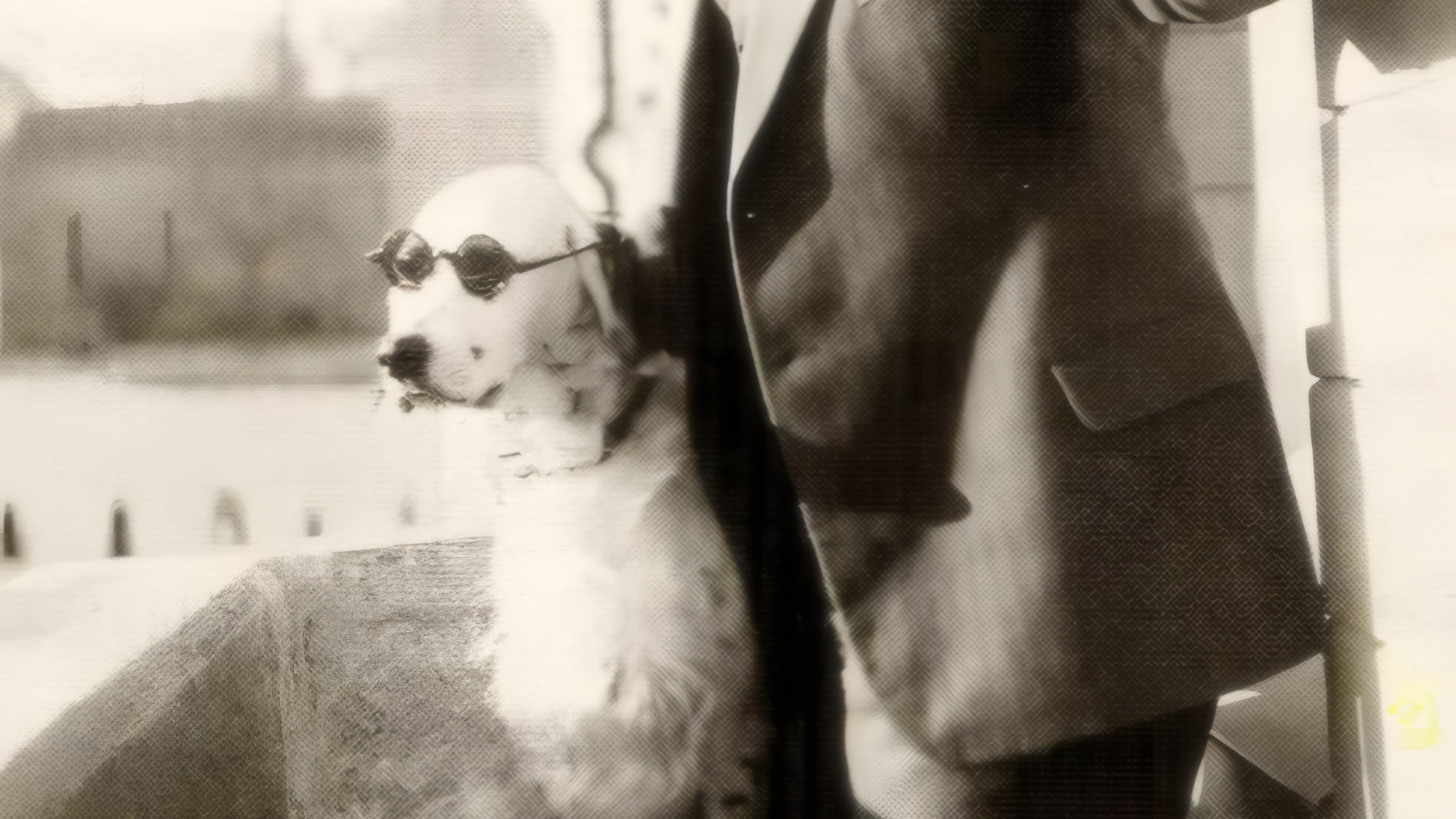
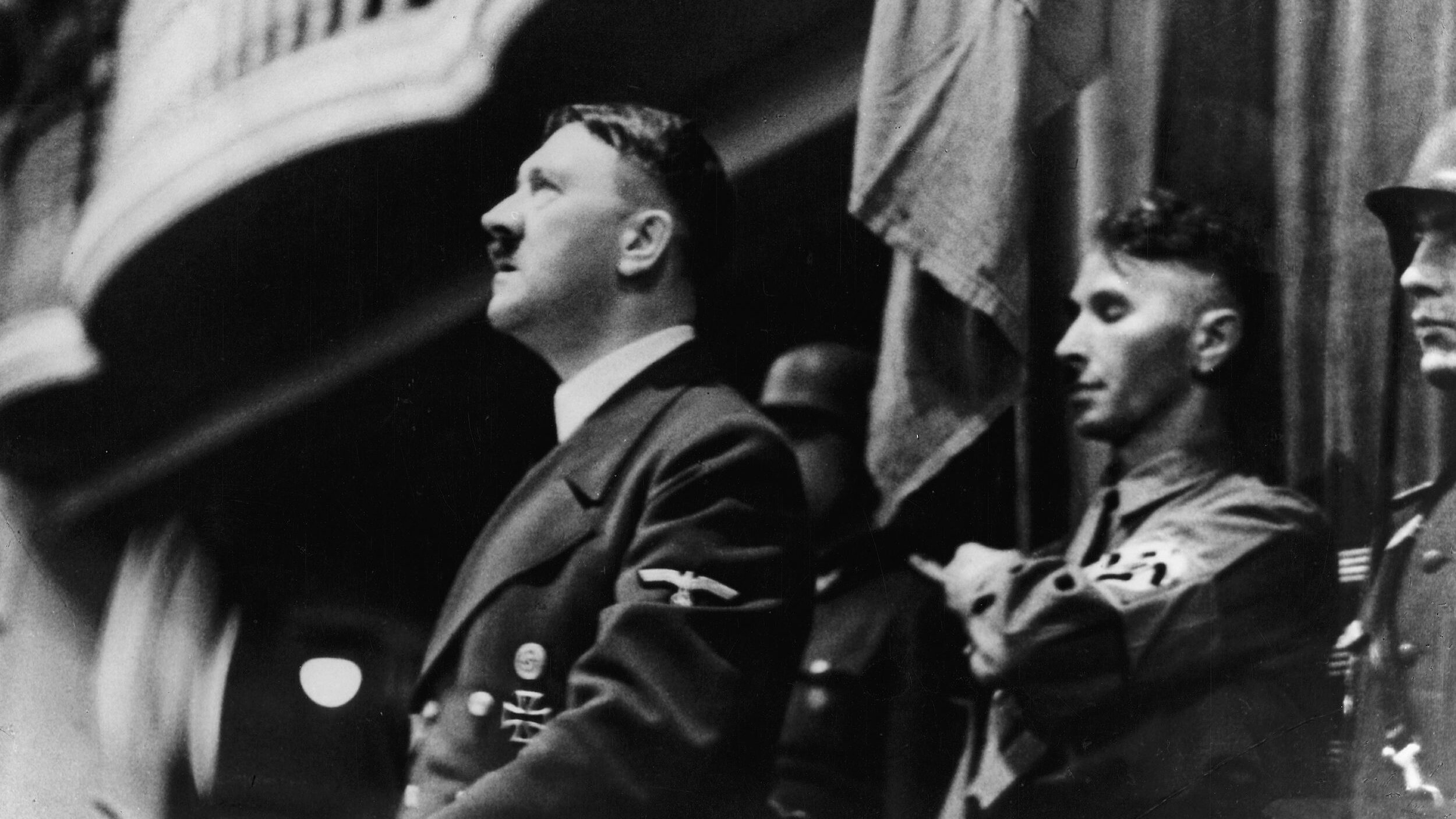
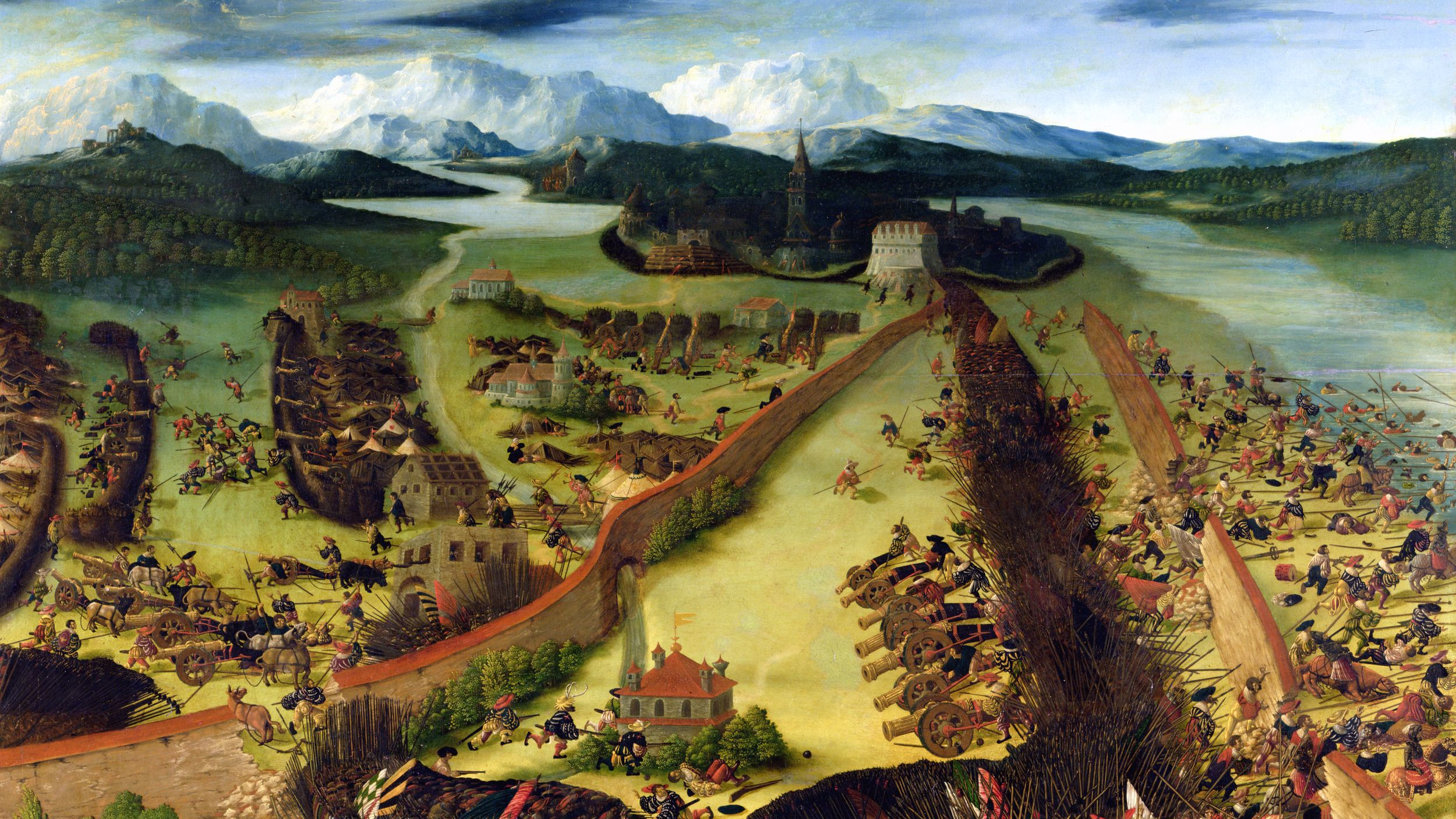
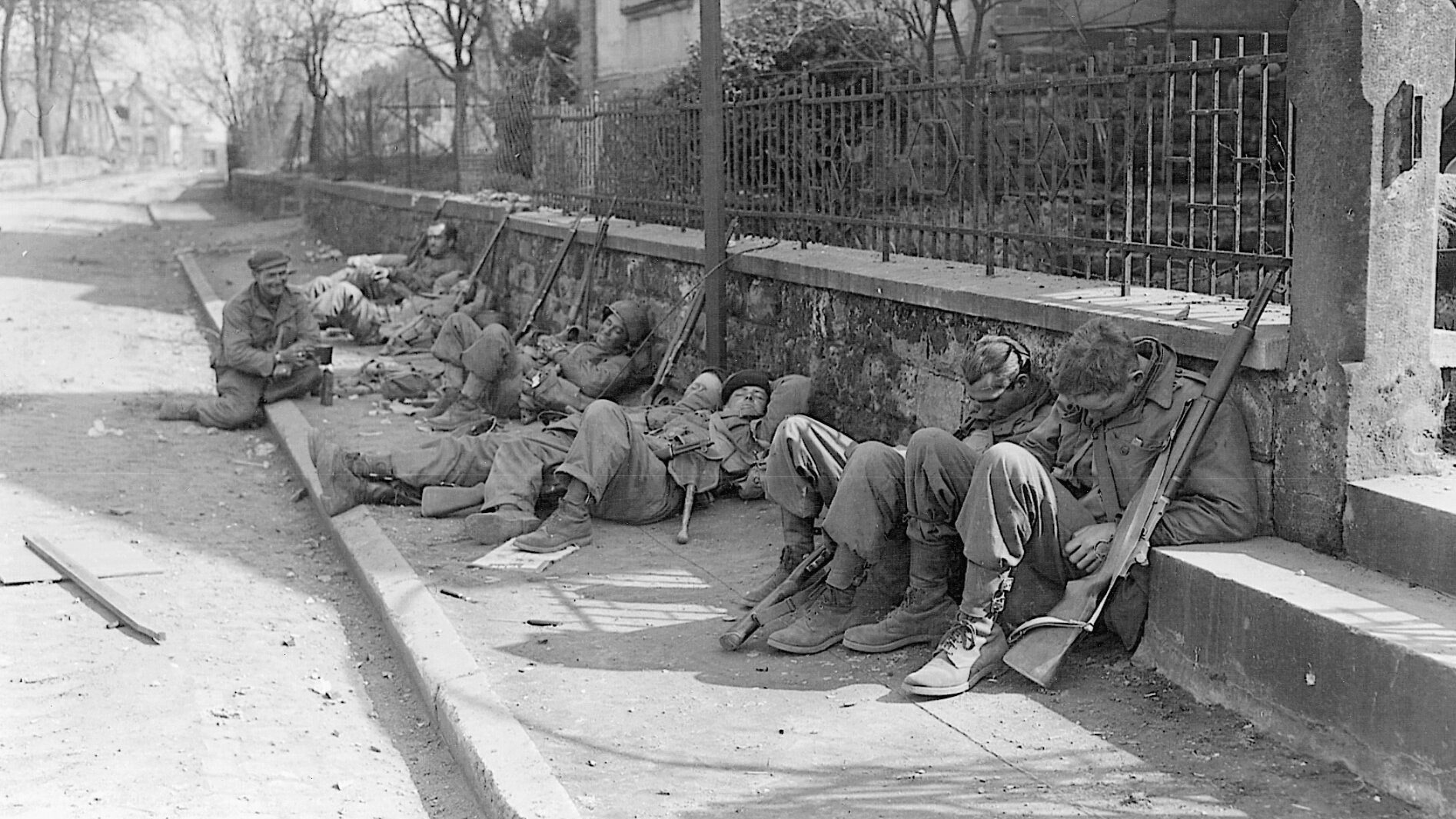

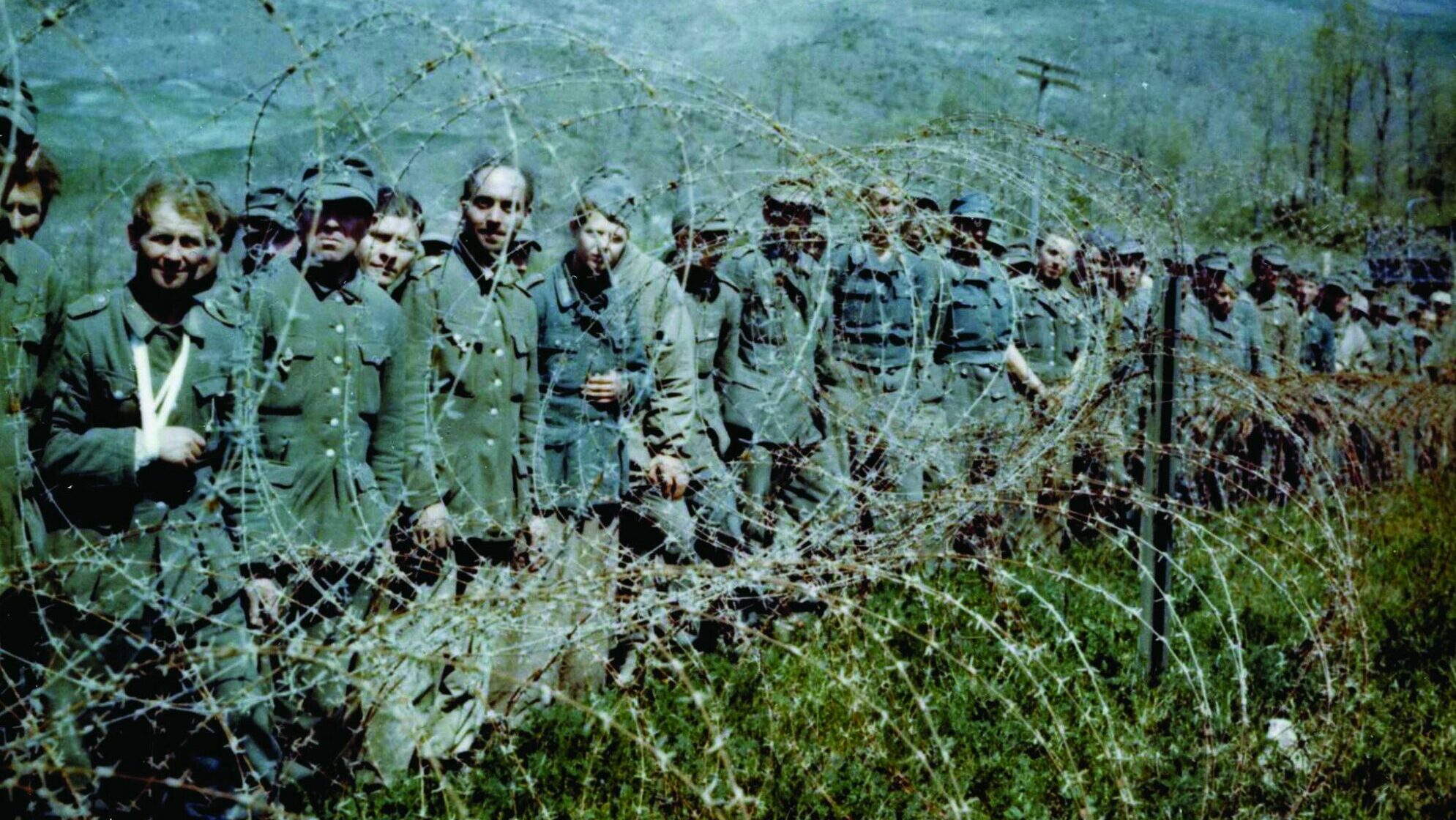
I certainly agree with the overall characterization here of Groves and his accomplishments: he was indeed underrated. But this piece feels like a bit of a hatchet job on Oppenheimer.
There have been arguments regarding the development and use of atomic bombs since 1945 and probably will never be completely resolved. One thing seems certain and that is that the bombs would eventually be made by someone. The science behind them is quite simple and easily understood. General Groves had the hard part which was putting together the technology necessary for the actual construction. Fortunately both Germany and Japan were lacking in this area.
A million American lives vs. about 150,000 lives taken by the two bombs. The calculus is cold, cruel, but correct. Gen. Curtis Lemay, whose firebombing was very effective, declared that he did not need the bombs to succeed. He also said correctly that “All war is immoral.”
No one should be happy that two bombs were required to subjugate the Japanese. Nor should anyone forget the 2,403 American lives lost in Japan’s cowardly surprise attack on Pearl Harbor. And let’s remember the brutal losses as the U.S. fought its way across the Pacific encountering fanatic opposition at every turn.
Using a bomb a week is pure imagination. The U.S. had no more bombs immediately available after Nagasaki.
The unsung hero of the Manhattan project was Pierre Dupont.. whose efforts at the Hanford works were instrumental to the success of the plutonium bomb being the manufacturer of the key ingredient.
Your examination of “cold calculus” misses a KEY issue. the Japanese were the ENEMY… this was not a moral question, no one in America felt the least pity or regret in dropping Armageddon upon the Japanese. Better many dead Japanese than any American soldiers is the measure of the coldness of the calculous of the decision… and it was an simple decision to make.. We FORGET many years after after the war has been over that the Japanese were our enemy and the simple view that better they die than we die was entirely appropriate retribution for their many misdeeds in war… morally no one felt any pity, regret or remorse for unleashing the power of the Atomic Bomb on Japan. The results of doing so were adequate justification and remain highly conclusive.
In terms of a bomb a week – that schedule was indeed very realistic – it was easily matched by the output of the Hanford works of Plutonium and with that log jam dealt with then it was a matter of assembly and shipping logistics – this was no pipe dream… Fortunately two bombs were adequate to convince the Japanese to surrender…and. the parts for the third bomb which was in transit – was not required.
Yes, General Groves did much, along with J. Robert Oppenheimer to develop the A Bomb, and BOTH should be appreciated. HOWEVER, how about Groves’ Colossal FAILURE when it came to Mission Internal Security and Intelligence? Soviet Spies like David Greenglass and the Rosenbergs had very little trouble penetrating the site and stealing critical information. General Groves should have coordinated with the FBI to do better Background Checks on ALL employees, such as British Scientist and Soviet Spy Klaus Fuchs. Los Alamos was a remote area where it should have been easy to control access and egress. Employees like Greenglass were allowed too much freedom of movement and communication. The Chinese and Russians are “repeating history” today. Why spend all the time, money and work developing new scientific weapons and computer technology, when it is much easier to just STEAL it from the Americans!!